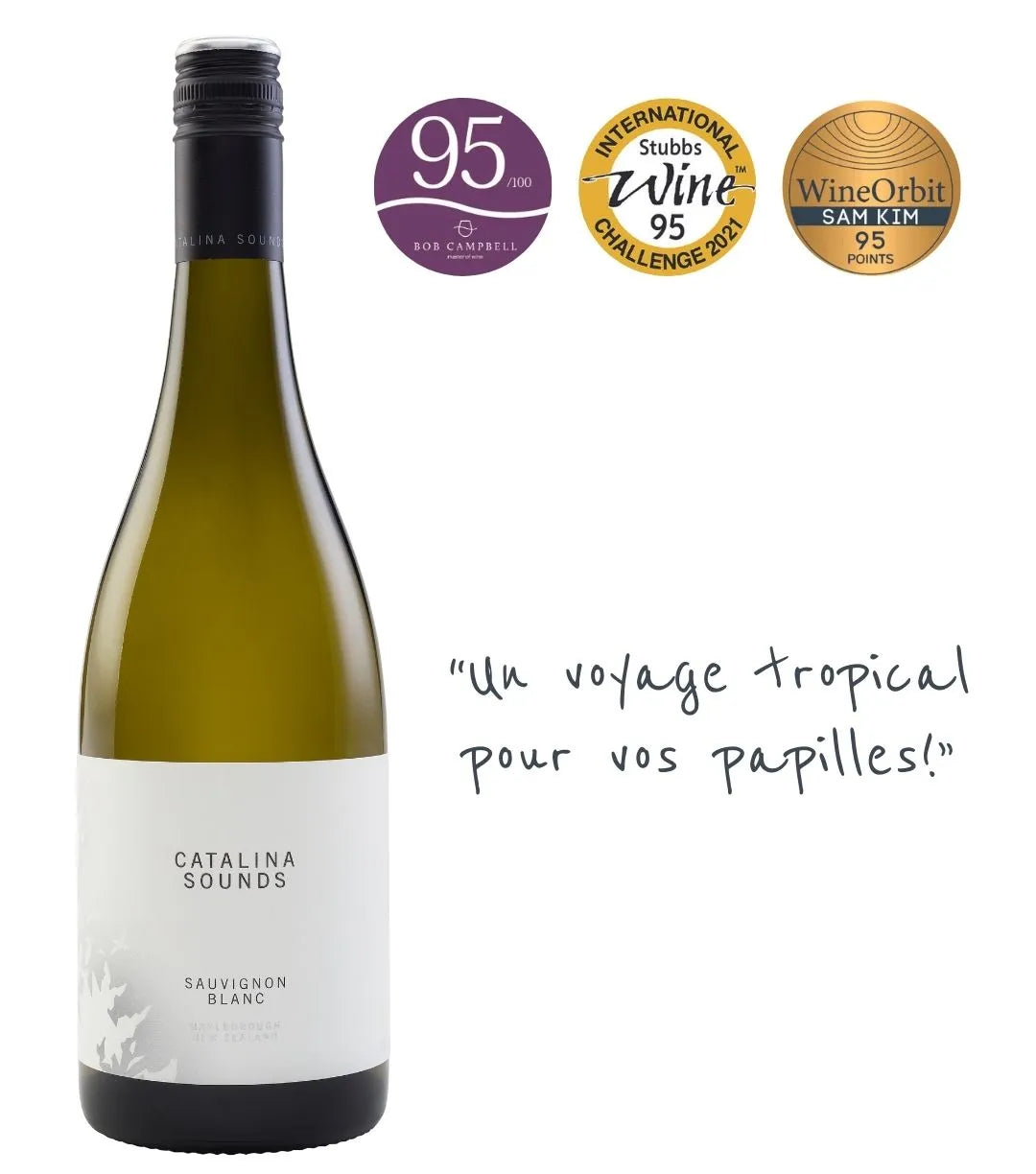Red Wine Color: What Does the Hue of a Wine Reveal?
The color of red wine is more than just a simple shade; it reflects the grape variety, age, and winemaking methods. Whether you're a casual drinker or a connoisseur, observing the color of a wine can reveal a lot about its character and aging potential. Keep your eyes open, as every nuance of red offers a clue about the story of the wine you're tasting!
Grape Varieties and Their Color Range: From Light Red to Deep Black
The first major variation in red wine color comes from the grape variety used. Some grapes produce wines with light, translucent hues, while others offer dense, deep colors. For example, Pinot Noir is famous for its light, elegant ruby-colored wines, while Malbec or Syrah produce wines with intense, almost opaque red tones.
Grape varieties with high pigment concentrations, like Alicante Bouschet, yield wines with almost black color, as the pigment (anthocyanin) is so strong that even the pulp of the grape is colored. This is in contrast to other varieties, where the grape's flesh remains colorless.
The Evolution of Red Wine Color Over Time
Time also plays a significant role in the evolution of red wine color. In its youth, a wine often displays a violet hue, indicating a high presence of pigments and noticeable acidity. As it ages, the wine transitions to a ruby red color, signaling maturity—this is often seen in classic Burgundy or Bordeaux wines.
With further aging, the wine adopts a garnet color, and eventually a brick red hue, characteristic of older wines where the red pigments gradually oxidize. In some very old wines, such as decades-old Barolos or Madiran, you may even see a brown color.
Here is an approximate scale of color evolution over time:
- 0-3 years: Violet hue
- 3-7 years: Ruby red
- 7-10 years: Garnet
- 10-15 years: Brick red
- 15-20 years and beyond: Brown
Other Factors Affecting Color: Yields and Winemaking
Beyond the grape variety and aging, other factors influence the intensity and hue of the wine. A high yield generally results in lighter wines, as the concentration of pigments is diluted. Conversely, lower yields lead to wines with a more intense color.
Winemaking techniques also play a crucial role. A longer skin maceration (the process of soaking grape skins in the juice) increases the color intensity, while significant oxygen exposure can speed up the shift toward more brick-like hues. Oxidative wines, such as certain Vins Doux Naturels from the Roussillon (Maury, Banyuls Rouge) or oxidative Portos, intentionally develop these characteristic hues through their aging process.
Some unfiltered wines may have a cloudy, almost milky appearance due to suspended particles in the wine. While this can alter the visual perception, it allows the preservation of more aromas and texture. However, it can also result in natural sediment forming in the bottle.
Translucent or Opaque, Ruby Red or Brick Red...
The color of a red wine is a valuable indicator of its grape variety, structure, and aging potential. Next time you're enjoying a glass, take a moment to observe its hue—it will already tell you a part of its story!
Explore more
Share this
Featured product

Marlborough, New-Zealand





